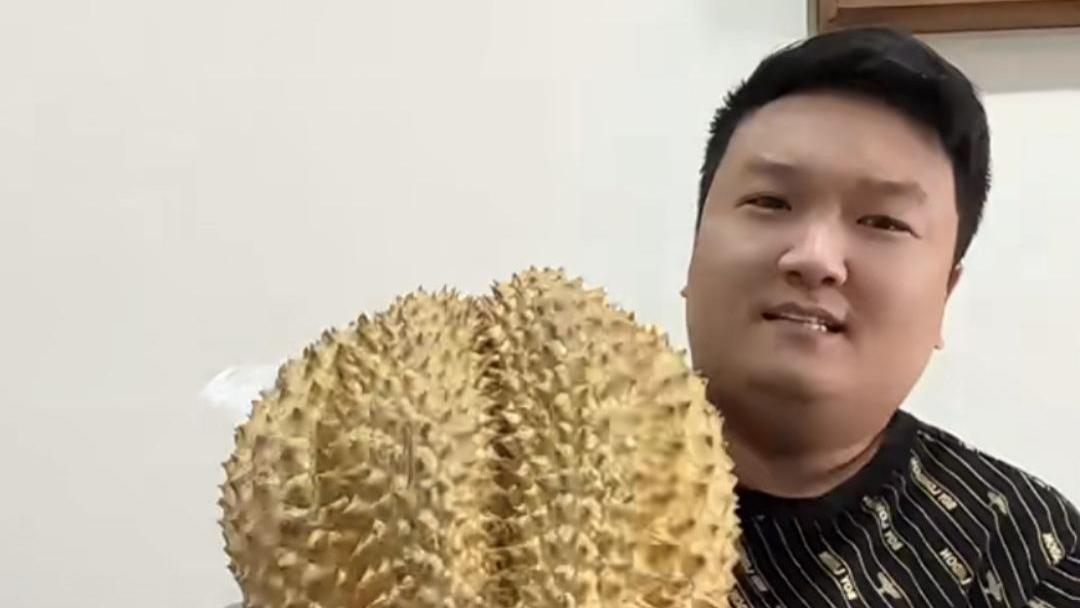第二章|第二章 C语言概述
第二章 C语言概述
目录
- 第二章 C语言概述
- 1. 简单的C程序示例
- 2. 程序剖析
- 2.1 提高程序可读性的技巧
- 2.3 打印多个值
- 2.4 多个函数
- 2.5 关键字和保留标识符
- 3 编程练习
1. 简单的C程序示例
cat first.c
#include
int main(void)
{int num;
num = 1;
printf("I am a simple ");
printf("Computer. \n");
printf("My favorite number is %d besause it is first.\n",num);
return 0;
}
编译执行:
[root@hans ~]# gcc -o first first.c
[root@hans ~]# ls -rlt first
-rwxr-xr-x 1 root root 8536 Aug5 08:30 first
[root@hans ~]# ./first
I am a simple Computer.
My favorite number is 1 besause it is first.
C程序剖析

文章图片
2. 程序剖析
? C程序包含一个或多个函数,它们是C程序的基本模块。
? /* */ C语言中的注释,/* 和*/之间是注释的内容。注释只是为了帮助读者理解程序,编译器会忽略它们。
#include/*这是程序的第1行,把stdio.h文件中的所有内容都输入该行所在的位置,#include这行代码是一条C预处理器指令(preprocessor directive).所有的C编译器都提供stdio.h文件,该文件包含了供编译器使用的输入和输出函数,该文件名的含义是标准输入输出头文件。*/
int main(void)/*主函数,C程序一定是从main()函数开始执行,除了main函数外还可以随意命名其他函数,但main()函数必须是开始函数
int是main()函数返回类型,表明main()函数返回的值是整数。函数名后面的圆括号中包含一些传入函数的信息,本例中没有传递任何信息。因此为void。*/
{/*花括号里面是函数体,所有的C函数都使用花括号标记函数整体的开始和结束,不能省略,而且必须是成对出现,这是开始*/int num;
/*变量声明,表示设置一个变量num,它是int类型。
int是C语言中的一个关键字(keyword),表示C语言中数据类型,在C语言中所有的有变量都必须先声明才能使用,变量命名时要使用有意义的变量名或标识符。
C99和C11允许使用更长的标识符名,但是编译器只识别前63个字符。对于外部标识符只允许使用31个字符。
可以用小写字母、大写字母、数字和下划线(_)来命名,而且第一个字符必须是字符或下划线,不能是数字。*/
num = 1;
/*赋值,可以给num赋不同的值,但是赋得值必须都是int类型。赋值表达式语句从右侧把值赋到左侧*/printf("I am a simple ");
/*printf函数,利用printf函数把传递给printf函数的信息输出。()内的内容为参数,这种有特定值的为实参,形参是函数中用于保存值的变量*/
printf("Computer. \n");
printf("My favorite number is %d besause it is first.\n",num);
/*%d为占位符,表明要在这里打印一个变量,d表明变量为十进制整数*/return 0;
/*int main(void) 表明main()函数执行完后返回一个整数,有返回值的C函数要有return语句,该语句以return为关键字开始,后面是待返回的值。并以分号结尾*/
} /*函数结束*/
声明变量的4个理由:
- 把所有的变量放在一处,方便读者查找和理解程序的用途
- 声明变量会促使你在编写程序之前做一些计划
- 声明变量有助于发现隐藏在程序中的小错误,如变量名拼写错误。
- 如果事先未声明变量,C程序将无法通过编译。
2.1 提高程序可读性的技巧
- 选择有意义的函数名
- 程序要写注释
- 在函数中用空行分隔概念上的多个部分。
- 每条语句各占一行。
#include
int main(void){
printf("There are %d feet in %d fathoms\n", 12, 2);
return 0;
}
2.4 多个函数
#two_func.c
#include
void butler(void);
/*函数原型,C90标准新增。*/
int main(void){
printf("I will summon the butler function.\n");
butler();
printf("Yes. Bring me some tea and writeable DVDs.\n");
return 0;
}
void butler(void){/*没有返回值也没有任何参数*/
printf("You rang, sir?\n")
}
/*
butler()函数的执行主要看在main()中什么位置调用,而不是butler()函数在什么位置.
如果写了函数原型:void butler(void),则butler()函数放在什么位置都可以。如果没有写,则butler()函数的定义一定要在调用它的函数的前面。
如果程序这样写则会在编译时报错:
#include
/*void butler(void);
把这个函数原型注释掉*/
int main(void){
printf("I will summon the butler function.\n");
butler();
printf("Yes. Bring me some tea and writeable DVDs.\n");
return 0;
}
void butler(void){/*没有返回值也没有任何参数*/
printf("You rang, sir?\n")
}
*/2.5 关键字和保留标识符 ISO C关键字
| auto | extern | short | while |
|---|---|---|---|
| break | float | signed | _Alignas |
| case | for | sizeof | _Alignof |
| char | goto | static | _Atomic |
| const | if | struct | _Bool |
| continue | inline | switch | _Complex |
| default | int | typedef | _Generic |
| do | long | unio | _Imaginary |
| double | register | unsigned | _Noreturn |
| else | restrict | void | _Static_assert |
| enum | return | volatile | _Thread_local |
3 编程练习
- 按格式打印名字
#include int main(void){ printf("Hans Wang\n"); printf("Hans\nWang\n"); printf("Hans"); printf(" Wang\n"); }#gcc -o name name.c #./name Hans Wang Hans Wang Hans Wang
- 打印姓名和地址
#include int main(void){ printf("name: Hans Wang\n"); printf("address: ShanDong HeZe\n"); return 0; }
- 把年龄转换成天数,并显示这两个值,不考虑闰年
#include int main(void){ int age; int day = 365; int days; printf("Please input your age:"); scanf("%d", &age); days = age * day; printf("Your age is %d,equel %d days.\n",age,days); return 0; }
- 生成指定输出,除main()函数外还要调用两个自定义函数
#include void jolly(void); void deny(void); int main(void){ jolly(); jolly(); jolly(); deny(); return 0; }void jolly(void){ printf("For he's a jolly good fellow!\n"); } void deny(void){ printf("Which nobody can deny!\n"); }
- 生成指定输出
#include void br(void); void ic(void); int main(void){ br(); ic(); printf("India,China,\n"); printf("Brazil,Russia\n"); }void br(void){ printf("Brazil,Russia,"); } void ic(void){ printf("India,China\n"); }
- 编写程序创建整型变量,计算变量的两位和平方。
#include int main(void){int toes; toes = 10; int toes2; int toes_double; toes2 = 2 * toes; toes_double = toes * toes; printf("toes = %d\ntoes2 = %d\ntoes_double = %d\n", toes, toes2, toes_double); return 0; }
- 生成指定输出simle。
#include void smile(void){ printf("Smile!"); }int main(){ smile(); smile(); smile(); printf("\n"); smile(); smile(); printf("\n"); smile(); printf("\n"); return 0; }
- 【第二章|第二章 C语言概述】写一个程序,在函数中调用另一个函数
#include void one_three(void); void two(void); int main(){ printf("starting now:\n"); one_three(); printf("done!\n"); return 0; }void one_three(void){ printf("one\n"); two(); printf("three\n"); }void two(void){ printf("two\n"); }
推荐阅读
- 深入理解Go之generate
- 【生信技能树】R语言练习题|【生信技能树】R语言练习题 - 中级
- 一起来学习C语言的字符串转换函数
- C语言字符函数中的isalnum()和iscntrl()你都知道吗
- C语言浮点函数中的modf和fmod详解
- C语言中的时间函数clock()和time()你都了解吗
- C语言学习|第十一届蓝桥杯省赛 大学B组 C/C++ 第一场
- C语言解方程的根和判断是否是闰年
- C语言的版本比较
- 【C】题目|【C语言】题集 of ⑥












